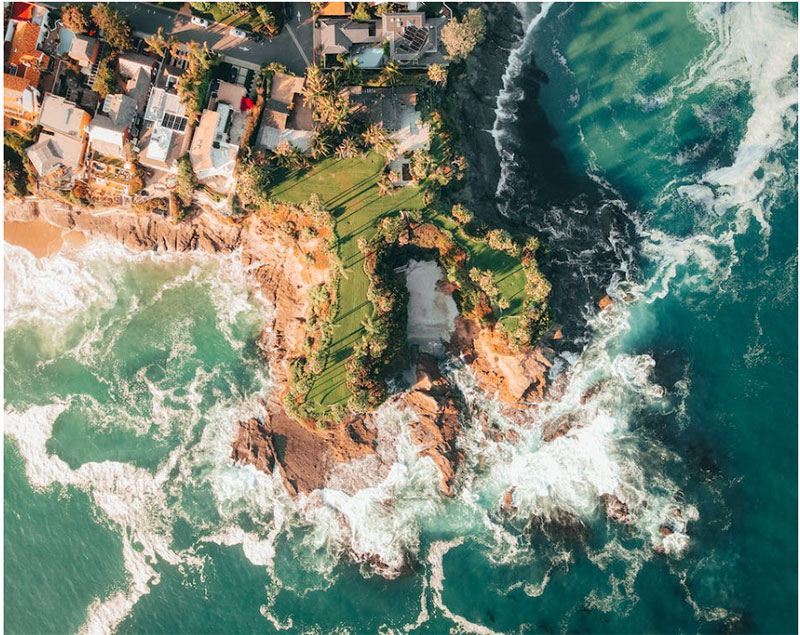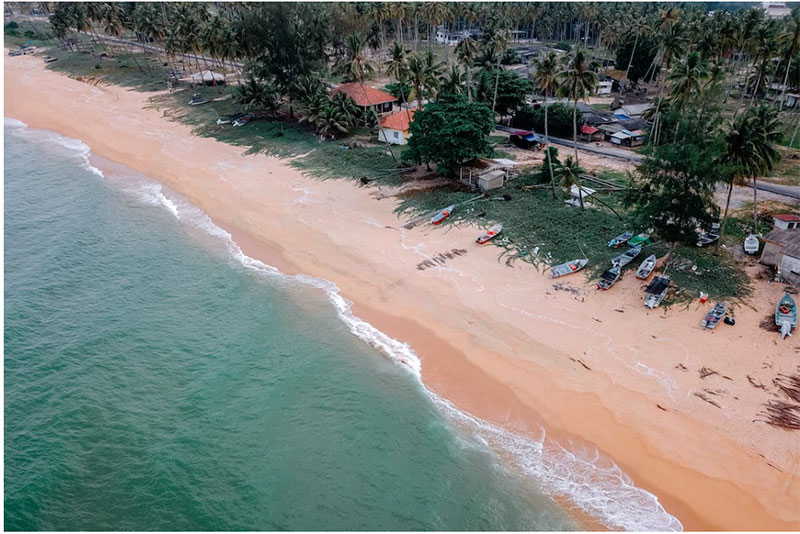Advertisement
Buying a house near the seaside is a dream for many. Unfortunately, there are certain things that nobody talks about when it comes to buying a house on the seaside.
From property taxes to hurricane damage, there are important factors that can have a major impact on your decision to purchase a home. Also, there are concerns, such as insurance costs, flooding risks, and more. These issues must be taken into account by a home seeker looking for a seaside residence.
In this blog post, we will explore the 6 things nobody tells you about buying a house on the seaside. Read on to learn how to make an informed decision about purchasing a home on the seaside.
The Six Most Important Things Nobody Tells You About Buying a House on the Seaside
Buying a house near the sea can be a rewarding experience, but it is important to understand the risks involved. By doing some research and taking extra precautions, you can get rid of any potential damages.
Let’s take a look at the 8 concerning facts of buying a home near the beach,
1) The Risks of Flooding
Living near the seaside can bring its own set of risks. One of the most significant risks that homeowners should be aware of is flooding. The ocean and its surrounding bodies of water have the power to cause severe flooding that can damage your property and cost you thousands of dollars. Before committing to a home on the coast, it is essential to understand the risks of flooding and how to protect yourself from the potential damages.
- First, take the time to research any existing flood maps in the area. This will give you an indication of how prone the area is to flooding and what kind of damage can be caused by such events.
- Second, you should investigate any nearby structures or infrastructure that could potentially act as barriers against flooding. Be sure to inquire with local officials or a reliable real estate agent about the specific risks associated with living in a particular area.
- Third, get flood insurance as soon as possible. Many lenders require that potential buyers obtain flood insurance before granting a mortgage. Even if this is not the case, it is always wise to get coverage just in case, as it can save you tens of thousands of dollars in repair costs after a flood.
2) The Cost of Home Insurance
When it comes to buying a house near the sea, one of the most important things that nobody talks about is the cost of home insurance. Insurance costs can be significantly higher for coastal homes due to the increased risks of damage from flooding, hurricanes, and other extreme weather events.
Homeowners’ insurance on a coastal property can vary depending on where you live. Some states, such as Florida and Louisiana, may require additional riders for wind damage and flood protection, which can add to your costs. Before you make an offer on a seaside property, it is essential to know what the cost of homeowners insurance will be.
Moreover, it is important to know the age of the house, any necessary renovations or repairs, and if there are any special features that may affect your insurance costs. It may also be beneficial to compare prices with different providers, as this could result in significant savings.
3) The Probability of Storm Damage
Buying a house on the seashore has its own unique set of risks and potential problems, including the potential for storm damage. You should definitely perform the following steps when purchasing a home on the coast, as it can be costly to repair and replace certain components of your home.
- Before you make the purchase, take the time to research the type of storms that are likely to affect your area and the history of coastal storms in the region.
- Additionally, consider any nearby structures or sea walls that could help protect your home from storm damage.
- Lastly, don’t forget to check with your insurer to ensure your property is adequately covered in the event of a storm-related disaster.
With the right planning, you can make an informed decision about whether or not buying a house on the coast is right for you.
4) Erosion and Beach Nourishment
Erosion is when the waves, wind, and other forces of nature erode away part of the land. On the other hand, beach nourishment is a process where sand is added back to the shoreline to restore it and make it stable again. When you are looking to buy a house on the seaside, it is essential to consider the potential for erosion and beach nourishment.
When you buy a house in either Maryland or Virginia, it is important to ask the seller if any beach nourishment has been done in the past. If not, it might be beneficial to have some done before purchasing the property.
From the Alden Street Counseling in 2017, we found that
- Approximately $100 million is allocated by the federal government each year for beach replenishment.
Then again, according to the stats in 2003 performed by the U.S. Army Corps of Engineers,
- An additional $100 million goes toward beach nourishment expenses, with municipal and state governments covering 50% of those expenses.
It is also important to investigate the history of erosion in the area and to factor this into your decision to buy a house there. While beach nourishment can help mitigate some of these risks, it can also make things worse if not done properly.
5) Saltwater Intrusion
When shopping for a seaside property, it is important to research the risk of saltwater intrusion in that particular area. Look for high-quality data regarding any past flooding and the surrounding water quality. According to a USGS report –
- In 2020, Hurricane Delta became the 10th named storm to come ashore in the United States and the 4th to do so in Louisiana.
Any local regulations and recommendations for mitigating saltwater intrusion might also be helpful. If you have any questions or concerns, be sure to speak to a real estate agent or a professional who specializes in coastal property management.
It is also important to note that while saltwater intrusion is a risk, there are many steps you can take to protect your home. Invest in proper waterproofing techniques such as sump pumps, dehumidifiers, and basement sealants. Additionally, consider flood insurance and other protective measures to ensure that your investment is secure.
6) Limited Access to Freshwater
Many beachfront homes do not have access to the same type of freshwater that can be found in other locations. This can be a major concern for many potential buyers because they may not have easy access to the water they need to sustain their lifestyle.
Additionally, some beachfront properties are located near bodies of water that can be salty or contain other pollutants, making it impossible to drink the water without purifying it. That is why you should ensure having access to fresh water, either from your own source or from the local municipality.
This can ensure that you have safe drinking water and the necessary amount of water for daily use. On top of that, understand what type of water quality your beachfront property will be receiving. Be sure to investigate any potential contaminants or pollutants that could be present in your water source.
For instance, there are 2,312 homes in West Ocean City. According to a reputable source –
- Within the next 30 years, there is a greater than 26% risk that the area could see significant flooding. This accounts for 68% of Western Ocean City’s total real estate.
Should You Buy a House on the Seaside?
Living by the water may be an interesting and fulfilling experience. But it is crucial to understand the possible risks associated with purchasing a coastal home that nobody makes you aware of.
Being aware of these difficulties will make it easier for you to adjust to beachside living and guarantee that you are ready for whatever the future holds.


